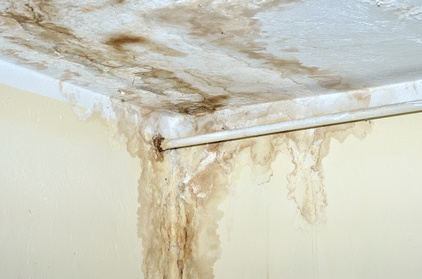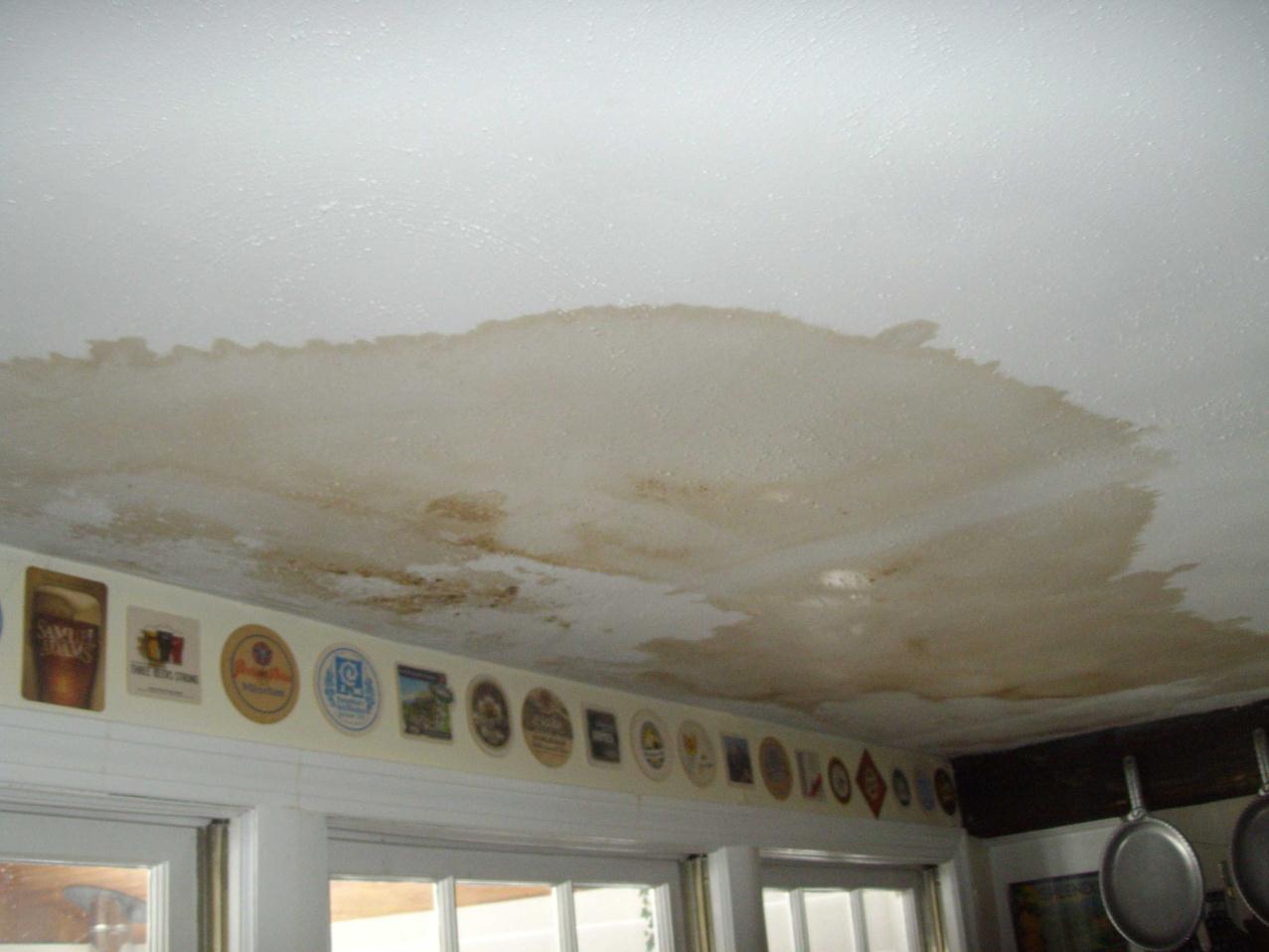6 Water Damage Reconstruction Do's as well as Don'ts.
6 Water Damage Reconstruction Do's as well as Don'ts.
Blog Article
What are your concepts on Safety Tips To Prevent Fire And Water Damage?

Water provides life, yet water invasion on some parts where it's not intended to be can result in damage and also aggravation. In addition, homes with water damage scent old and stuffy.
Water can come from numerous sources like hurricanes, floodings, burst pipes, leaks, as well as drain concerns. It's far better to have a functioning knowledge of safety preventative measures if you have water damages. Below are a couple of guidelines on exactly how to take care of water damages.
Do Prioritize Residence Insurance Protection
Seasonal water damage can come from floodings, seasonal rainfalls, and wind. There is also an occurrence of an abrupt flood, whether it originated from a damaged pipe that instantly bursts right into your home. To safeguard your house, obtain home insurance policy that covers both disasters such as all-natural tragedies, as well as emergencies like broken plumbing.
Do Not Neglect to Turn Off Utilities
When calamity strikes as well as you're in a flood-prone location, shut off the major electric circuit. Turning off the power stops
When water comes in as water offers as a conductor, electric shocks. Do not fail to remember to shut off the main water line valve as a way to avoid more damage.
Maintain your furnishings steady as they can move about as well as create added damage if the floodwaters are getting high.
Do Remain Proactive and Heed Climate Informs
If you live in a location pestered by floodings, remain proactive and ready at all times. Pay attention to the information and also discharge cautions if you live near a body of water like a lake, river, or creek .
Do Not Disregard the Roof
Your roofer must take care of the damaged rain gutters or any kind of various other indicators of damage or weakening. An inspection will avoid water from moving down your walls as well as saturating your ceiling.
Do Take Note Of Small Leaks
There are red flags that can draw your focus and show to you some weakened pipes in your house. Signs of red flags in your pipes consist of gurgling paint, peeling wallpaper, water streaks, water discolorations, or dripping noises behind the walls. Repair service as well as check your plumbing repaired before it results in huge damage to your home, financial resources, as well as a personal problem.
Do Not Panic in Case of a Burst Pipeline
Timing is essential when it comes to water damages. If a pipe bursts in your residence, promptly shut off your major water shutoff to reduce off the source as well as prevent even more damage. Call a trusted water damage repair professional for help.
Water gives life, however water invasion on some components where it's not supposed to be can result in damage and aggravation. In addition, homes with water damage odor musty as well as old.
Seasonal water damages can come from floodings, seasonal rains, and also wind. Indications of red flags in your pipelines consist of bubbling paint, peeling wallpaper, water touches, water spots, or trickling audios behind the wall surfaces. If a pipe ruptureds in your house, promptly closed off your primary water shutoff to cut off the source and also avoid more damage.
Water Damage Do and Don'ts
Water damage at your home or commercial property is a serious problem. You will need assistance from a professional plumber and a water damage restoration agency to get things back in order. While you are waiting for help to arrive, however, there are some things you should do to make the situation better. Likewise, there are things you absolutely shoud not do because they will only make things worse.
DO these things to improve your situation
Get some ventilation going. Open up your doors, your windows, your cabinets – everything. Don’t let anything remain closed. Your aim here is to expose as much surface area to air as possible in order to quicken the drying out process. Use fans if you have them, but only if they’re plugged into a part of the house that’s not currently underwater.
Remove as much standing water as you can. Do this by using mops, sponges and clean white towels. However, it’s important that you don’t push or wipe the water. Simply use blotting motions to soak it up. Wiping or pushing could result in the water getting pushed deeper into your home or carpeting and increasing your problem.
Turn off the power to the soaked areas. You will want to remove the danger of electrocution from the water-logged area to do some cleaning and to help the plumber and the restoration agents do their work.
Move any furniture and belongings from the affected room to a safe and dry area. Taking your possessions to a dry place will make it easier to decide which need restoring and repair. It will also prevent your belongings from being exposed to further moisture.
DON’T do any of these things for any reason
Don’t use your vacuum cleaner to suck up the water. This will not only get you electrocuted, but will also severely damage your vacuum cleaner. Use manual means of water removal, like with mops and pails.
Don’t use newspaper to soak up the water. The ink they use for newsprint runs and transfers very easily, which could then stain carpet and tile with hard-to-remove stains.
Don’t disturb mold. This is especially true if you spot a severe growth. Leave the mold remediation efforts to the professionals. Attempting to clean it yourself could mean exposing yourself to the harmful health effects of mold. Worse, you could inadvertently spread it to other areas of the house.
Don’t turn on your HVAC system until given approval from the restoration agency. Turning your HVAC system on before everything has been cleaned could spread moisture and mold all over the house.
https://www.dreyersdki.com/about-us/blog/water-damage-do-and-donts

Do you really like more info about Fire And Water Damage Prevention? Try leaving feedback down below. We will be interested to find out your opinion about this blog posting. In hopes that you come back again in the near future. Are you aware of somebody else who is enthusiastic about Safety Tips To Prevent Fire And Water Damage? Do not hesitate to share it. Thanks so much for your time invested reading it.
Report this page